Introduction of three kinds of coffee beans differences in flavor characteristics of hand-brewed boutique coffee Arabica Carol Busta
Did you know that coffee is actually part of the Rubiaceae family? In this big family, you will find more than 500 genera and about 6,000 species. One of them is our favorite coffee bean (scientific term is Coffea)! Although botanists regard all seed-bearing plants of Rubiaceae as coffee plants, the coffee we drink is mainly Arabica and Robusta.
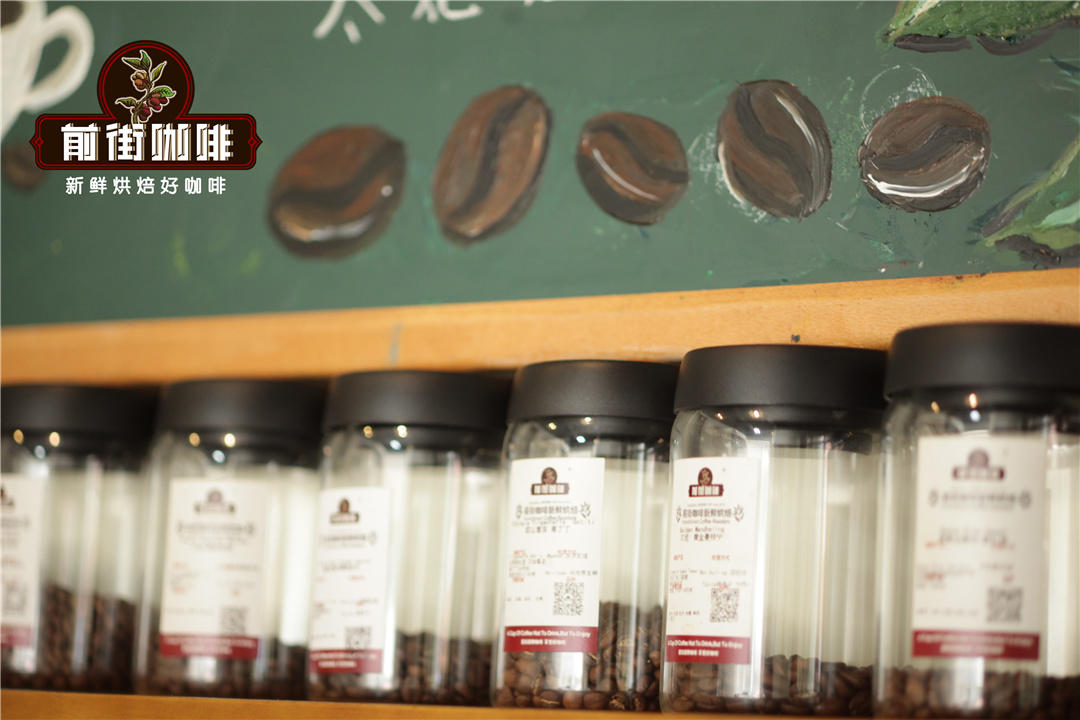
People now often see many coffee shops proclaiming "100% Arabica". But is Arabica coffee really good? What's the difference between him and Robusta coffee beans? Next, the front street will unlock the secrets of Arabica and Robusta coffee beans.
Growth environment conditions:
Robusta coffee beans are elastic plants that can be grown at low elevations of 200-800 meters. Arabica coffee, on the other hand, has a higher growth environment, and its optimal growth temperature range is 18 °C-21 °C, which can withstand an annual average temperature of about 24 °C. The best planting range is between the Tropic of Cancer and North and South latitudes. In terms of yield, Arabica coffee produces less coffee per hectare than Robusta coffee, so the cost of growing Arabica coffee is much higher.
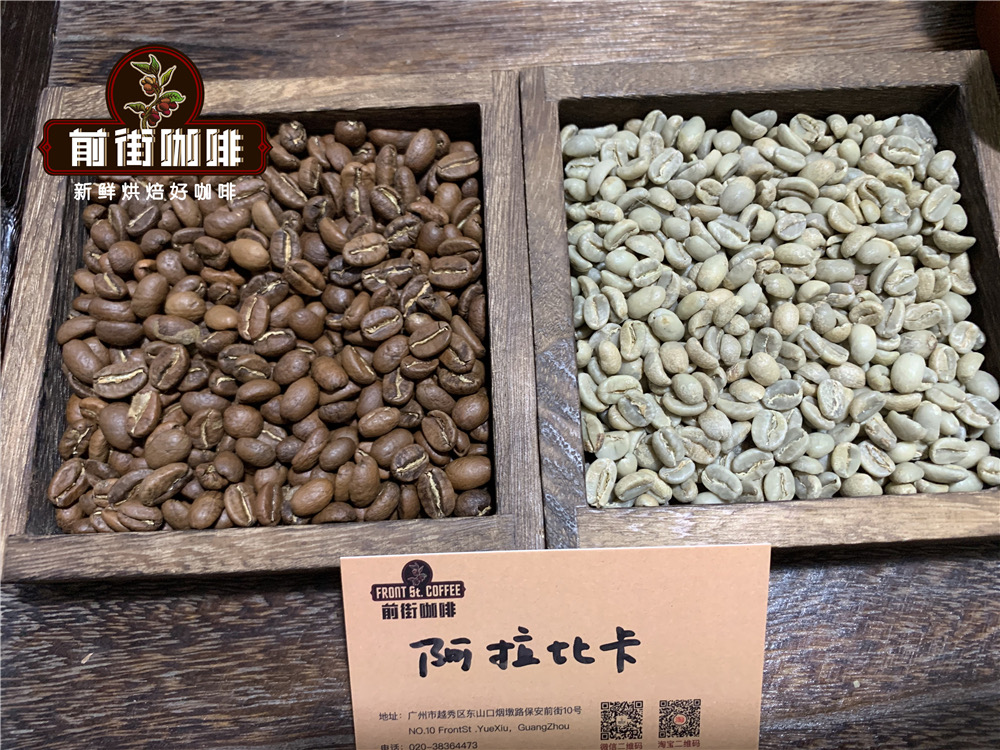
The shape of coffee beans:
Arabica coffee beans are smaller and rounder than robusta coffee beans. Arabica coffee beans are oval in shape, slender and flat, with an S-shaped midline. The shape of Robusta coffee beans is relatively round and C-shaped, while the center line is a "1" shape, and the color of raw beans is yellowish brown. This way of identifying beans by their appearance will be more scientific in the state of raw coffee beans. As the baked beans will swell and deform, become round, and the center line changes from S-shaped to straight-line, it is one-sided to judge beans by coffee cooked beans.
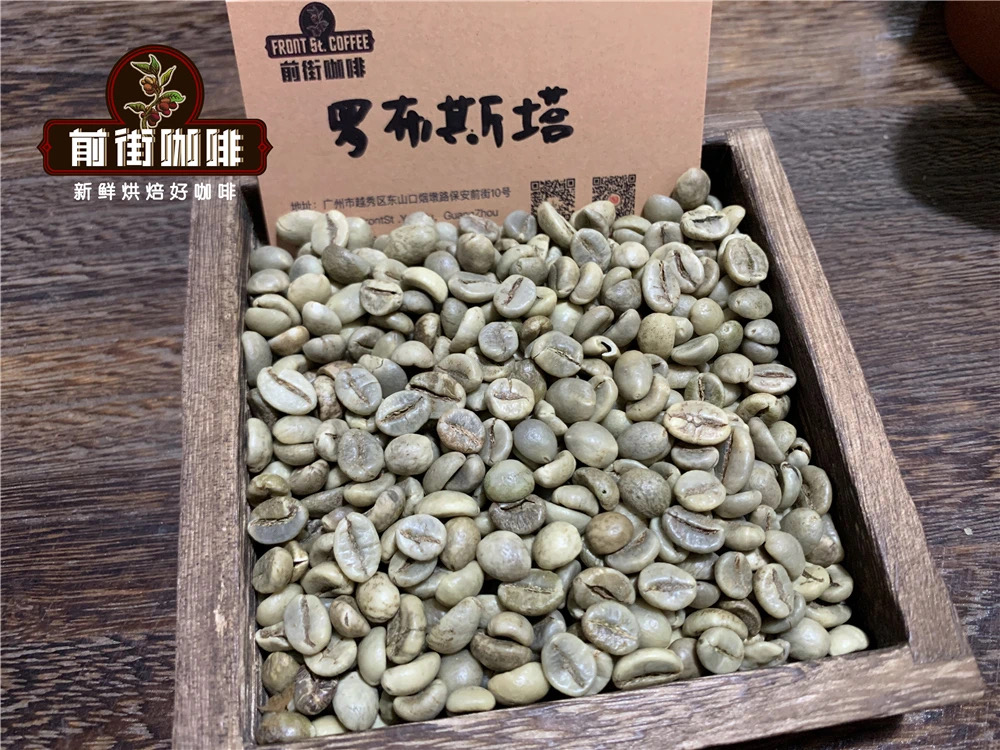
Caffeine and chlorogenic acid:
Caffeine and chlorogenic acid CGA (caffeine and chlorogenic acid) are thought to have a deterrent effect on insects and animals because of their bitter taste. Robusta coffee beans are more "robust" in the wild because they contain about twice as much caffeine and CGA as Arabica.
Because of this, robusta coffee beans are born without the unique aroma of Arabica coffee beans, replaced by a fuller, lower taste, coffee oil is very rich, as well as walnut, peanut, hazelnut, wheat, grain and other flavors, and even pungent soil flavor. Thanks to the rich coffee of Robusta beans, it is generally used as a raw material for instant coffee. In order to show a rich and heavy flavor, some Italian combinations will also add the right amount of Robusta coffee beans.
Lipids and sugars
Compared with robusta coffee, Arabica coffee contains nearly 60% of lipids and almost twice the sugar concentration of robusta. As a result, these sugars play an important role in the baking process, play an important role in the production of several key aromatic compounds, and are more beneficial to the body because of their higher soluble content. High in fat and sugar, Arabica coffee has a pleasant flavor.
Pollination:
Arabica coffee is a self-pollinating plant, which means that the plant has fewer mutations and mutations throughout its life cycle than Robusta.
Resistance to diseases and insect pests:
Robusta coffee is generally more resistant to diseases and insects than Arabica coffee, which is related to the growing environment and caffeine content. According to the previous introduction about the growing environment of Arabica and Robusta coffee, you can see that Arabica is more "delicate". Robusta coffee can grow at low altitude temperatures and is highly tolerant to extreme weather conditions. Diseases and insect pests are often afraid of extreme weather, thus greatly reducing the prevalence of Robusta coffee beans. The caffeine content of Luodou is between 2.7% and 4%, which is 2 cups of Arabica coffee beans. Caffeine, as a natural botanical pesticide, can protect it from most insects.
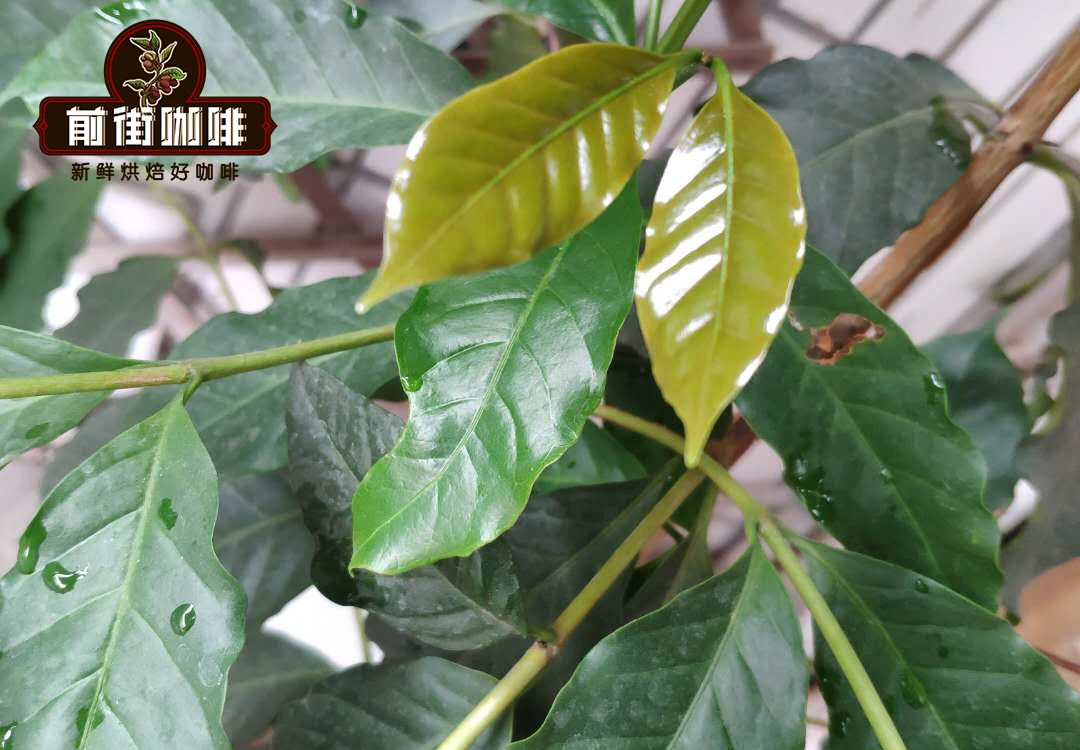
Flavor:
Perhaps the most obvious difference between Arabica coffee and robusta coffee is the taste. The conditions of Arabica coffee and Robusta coffee are very different, which leads to completely different taste characteristics. Robusta is usually described as "earthy" or "rubber", but there are also some positive flavors, such as the unusually full-bodied chocolate nuts. On the other hand, Arabica coffee has a wide range of flavor characteristics, which vary from region to region.
Take Costa Rican coffee and Guatemalan coffee on the front street as an example:
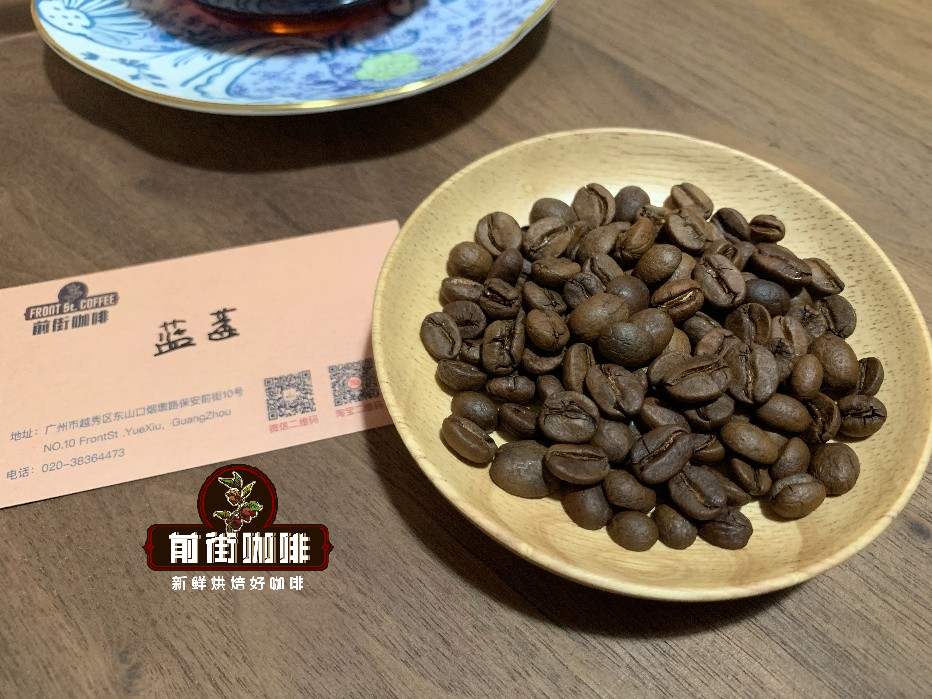
Blueberries from Stonehenge Manor have always been popular, a coffee bean treated with anaerobic and heavy honey. Dry fragrance will have the smell of roses, even if the entrance has a strong blueberry flavor, a strong fermented taste, and a mint cool aftertaste, which is very suitable for summer beans.
Use the same cooking technique:
Steam with 30 grams of water for about 30 seconds, when 125 grams of water is injected around the center of the small flow, continue to inject water to the end of 225 grams when the water level is about to expose the powder bed, remove the filter cup when the water level is about to expose the powder bed, and (the time of steaming starts) the extraction time is 2 minutes 39 percent 00 ".
Cooking method: hand flushing
Filter cup: v60 filter cup
Water temperature: 90-92C
Amount of powder: 15g
Powder / water ratio: 1:15
Degree of grinding: medium and fine grinding (Chinese standard No. 20 screen pass rate 80%) flushing and cooking method: segmented extraction
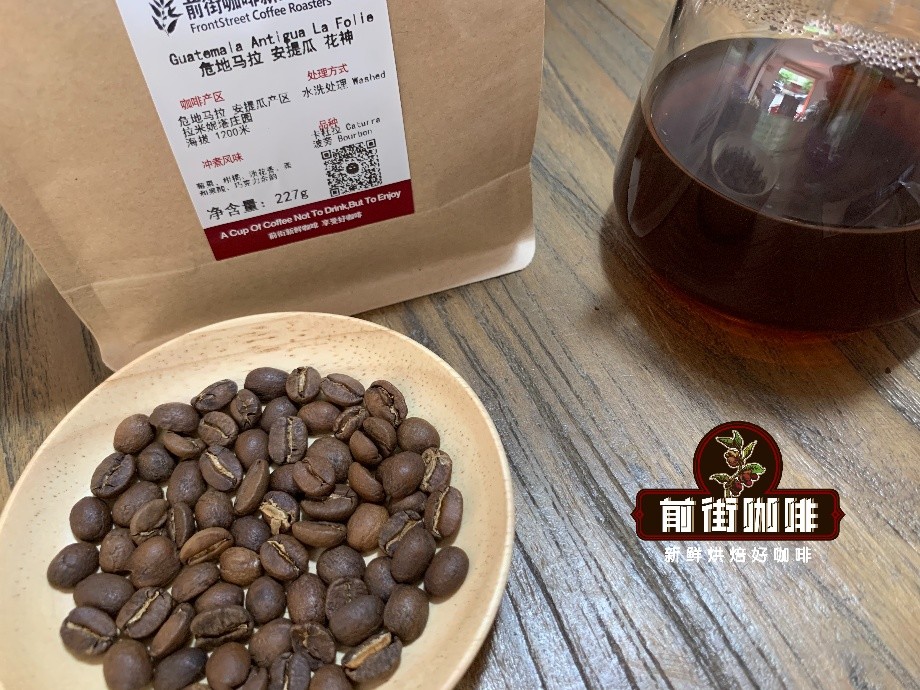
On the other hand, the flower god of Guatemala has a completely different flavor. Rich layers, the entrance is citrus berry flavor followed by smoky and light chocolate flavor, very interesting and special.
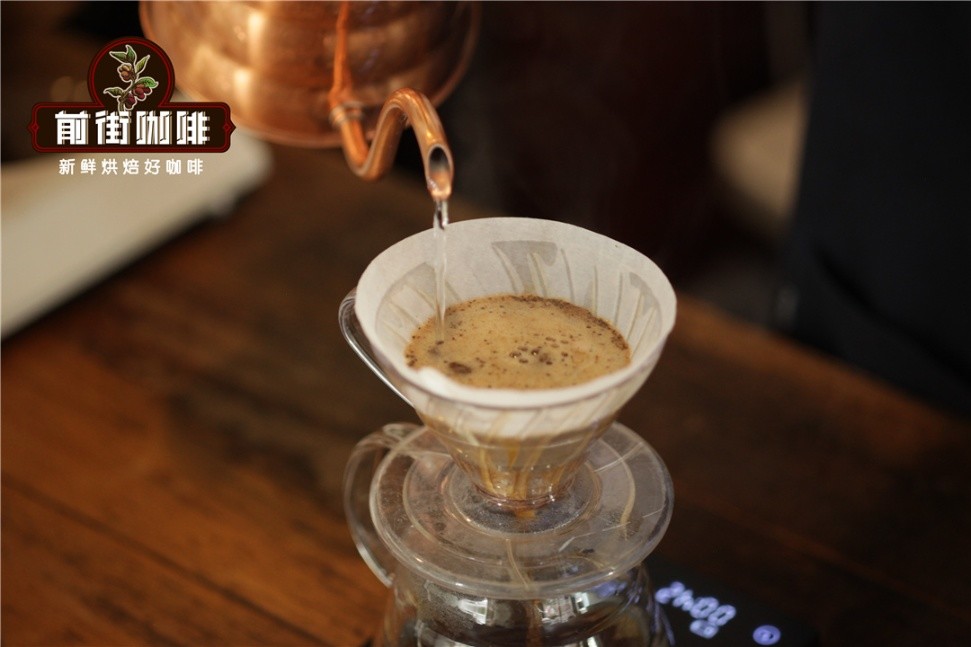
Of course, there are many factors that affect the flavor of coffee, such as variety, treatment, harvest and baking degree and so on. But in terms of general direction, the producing area is the main factor that determines the flavor of coffee. Ethiopian coffee tastes very diverse, from citrus and floral to sweetened fruit; Kenyan coffee is famous for its bright and complex berry and fruit flavours, with sweet aromas and pattern acidity; Brazilian coffee has low acidity, mellow and sweet, which usually shows chocolate and nutty flavors. Colombian coffee has a lot of different smells, some are full of chocolate, some are as sweet as sauce, there are great differences among producing areas, and so on.
I hope you can try more and find your favorite flavor.
Professional coffee knowledge exchange more coffee bean information please follow the coffee workshop (Wechat official account cafe_style)
For more boutique coffee beans, please add private Qianjie coffee on Wechat. WeChat account: kaixinguoguo0925
Important Notice :
前街咖啡 FrontStreet Coffee has moved to new addredd:
FrontStreet Coffee Address: 315,Donghua East Road,GuangZhou
Tel:020 38364473
- Prev
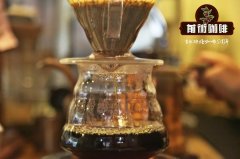
What's the difference between Vietnamese coffee and other coffee? Which is the best way to drink Vietnamese coffee or Vietnamese coffee?
For information, please pay attention to Coffee Workshop (Wechat official account cafe_style) Coffee was brought to Vietnam by French Jesuit missionaries around 1860. in the past 150 years, Vietnam has gradually developed its own unique coffee culture. today, walking along the street from Ho Chi Minh City, the largest city in the south, to the mountain city Sapa on the border between China and Vietnam, you can often see piles or clusters by the side of the road.
- Next

Burundian Butan Cooperative Flavor describes where the "potato flavor" in coffee comes from.
Professional coffee knowledge exchange more coffee bean information please follow coffee workshop (Wechat official account cafe_style) Burundian coffee beans Burundi-Butan Ministry Cooperative country: Burundian Manor: Butan Ministry Cooperative producing area: Mutambu Variety: BOURBON treatment method: washing Harvest time: 2016 Cup Test report: Butan Ministry Cooperative this is a cooperative located in Bujumbura
Related
- Detailed explanation of Jadeite planting Land in Panamanian Jadeite Manor introduction to the grading system of Jadeite competitive bidding, Red bid, Green bid and Rose Summer
- Story of Coffee planting in Brenka region of Costa Rica Stonehenge Manor anaerobic heavy honey treatment of flavor mouth
- What's on the barrel of Blue Mountain Coffee beans?
- Can American coffee also pull flowers? How to use hot American style to pull out a good-looking pattern?
- Can you make a cold extract with coffee beans? What is the right proportion for cold-extracted coffee formula?
- Indonesian PWN Gold Mandrine Coffee Origin Features Flavor How to Chong? Mandolin coffee is American.
- A brief introduction to the flavor characteristics of Brazilian yellow bourbon coffee beans
- What is the effect of different water quality on the flavor of cold-extracted coffee? What kind of water is best for brewing coffee?
- Why do you think of Rose Summer whenever you mention Panamanian coffee?
- Introduction to the characteristics of authentic blue mountain coffee bean producing areas? What is the CIB Coffee Authority in Jamaica?

